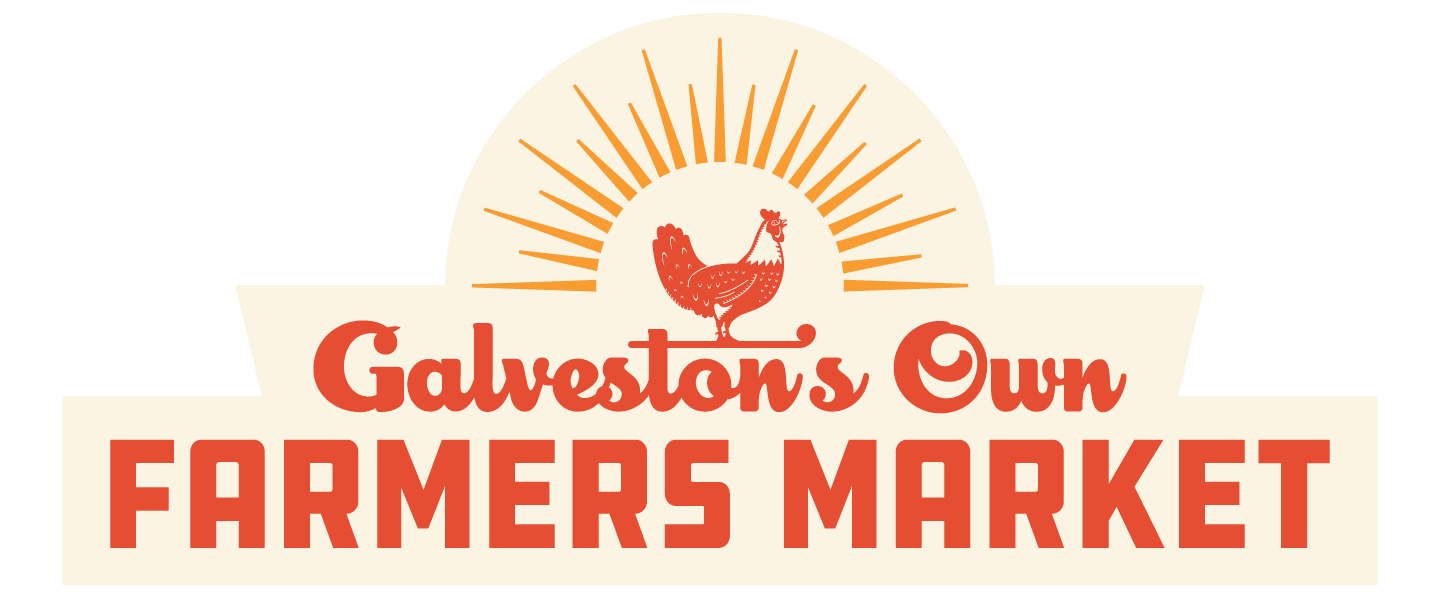For Teachers and Parents
This YGP garden is an outdoor classroom, a food source and a space for mindfulness.We are here to support you, your students and your families discover fun, safe and creative ways that leverage the magical learning opportunities living within this garden.
The Young Gardeners Program curricula is always growing and evolving; if you would like access to our lesson plans or want more guidance on how to successfully implement lesson plans in the outdoor garden classroom, please contact us at ygp@gofarmersmarket.com.
We have staff who are eager to support you, listen to your needs and teach you how to be comfortable using the garden to its full potential. Together, we are elevating the learning experience and quality of life for the children of GISD!
Learning Prompts
Click the plus sign to expand!
-
Identify and describe the colors, sounds and smells in the garden.
Write a descriptive paragraph about a specific plant in the garden.
Create a story using the garden as the setting.
Write a persuasive essay about the importance of gardening for the environment.
Discuss and/or research famous stories where the outdoors are a main character
-
Count the number of different types of crops.
Calculate the area of the garden or garden beds.
Create a garden design using geometric shapes.
Use measuring tools to track plant growth and record the data in a graph by week
Calculate and compare the circumferences of different blooms or the volume of soils in different garden beds
-
Draw or paint a still life of plants in the garden.
Create a sculpture using materials found in the garden.
Use natural materials to create a garden-themed collage.
Make a mixed-media collage using leaves or twigs
Research and imitate the art of famous artists who used the outdoors as inspiration
-
Identify and label the different parts of a plant.
Observe and record the life cycle of a plant from seed to maturity.
Conduct experiments to test the effects of different growing conditions on plant growth.
Use the garden as a real-life science lab to teach concepts such as photosynthesis and the water cycle.
Define different types of bugs (insects, arachnids, gastropods, etc.) and carry out a ‘bug hunt’ competition to see who can discover the most garden critters and categorize them correctly.
-
Set up a ‘gallery walk’ of important historical figures from a specific time period, where students can walk through the garden learning about each person.
Research famous historical figures who have contributed to the body of knowledge related to plants, such as George Washington Carver, Thomas Jefferson, Dr. Norman Borlaug, Rachel Carson, etc.)
Study the use of plants in medicine and their cultural significance.
Explore the role of gardens in different cultures and historical periods (3 Sisters Gardens, Bonsai, Tulipmania, Aztec Floating Gardens, etc.)
Research the multiple cultures and peoples whose native plants are now part of the American diet (apples, bananas, carrots, okra, quinoa, etc.)
-
Incorporating gardens into your student’s day has been proven to reduce stress, improve mental focus, reduce unwanted classroom behavior and increase overall wellbeing.
In addition to being good for students, taking a break outside the 4-walls classroom can support your own mental health. Integrating even just 1 simple technique into your daily/weekly routine can help you and your students find peace and relaxation in the midst of the natural beauty around you.
Start by putting your devices down. Take a few deep breaths.
Find a comfortable spot in the garden where you can sit or stand quietly for a few minutes.
Use your senses to focus on the present moment. Notice the colors, textures, and smells of the plants around you.
Take slow, deliberate breaths and try to synchronize them with the natural rhythms of the garden. For example, inhale as you smell the flowers and exhale as you hear the wind rustling the leaves.
Walk a pattern around the garden beds, following a labyrinth or maze-like pattern, and focus on your footsteps and the path ahead of you.
Use a mantra or affirmation to help quiet your mind and focus your thoughts. Repeat a phrase like "I am calm and centered" or "I am grateful for this moment of peace."
Imagine yourself as a part of the natural world around you. Picture yourself as a tree growing tall and strong, or a butterfly fluttering among the flowers.
Practice gratitude by reflecting on the beauty and abundance of the garden, and giving thanks for the opportunity to connect with nature.
Basic Safety tips:
Set expectations with your students–the outdoor classroom is different from the indoor classroom. Students thrive if you set ground rules on how they should move their bodies, which areas are on/off limits, what they can touch, etc.
Upon entering, make sure all tools/equipment are stored safely out of reach when not in use.
When touching plants, keep your eyes open for thorns, insects or any surprises!
When moving about the garden, be aware of any potential hazards such as sharp tools, uneven ground, antpiles, etc.
Ensure that children wash their hands thoroughly after working in the garden to prevent the spread of germs and bacteria.
Keep a first aid kit handy and get familiar with what’s inside the kit.
Don’t let anyone into the garden from outside your campus.
Basic Ground Rules:
Feel free to taste and snack on foods you recognize!
Do not remove any plants unless prior permission from GOFM staff has been given
If you use tools, put them back once you’re finished.
Leave no trash behind.
If you see something unsafe in the garden, notify GOFM staff immediately at ygp@gofarmersmarket.com.
Ask us for help if you have ideas for a lesson plan, if you feel stuck or if you want to know more about anything you see in the garden! Email us at ygp@gofarmersmarket.com.
Galveston’s Own Farmers Market has operated the Young Gardeners Program in partnership with Galveston Independent School District since 2017. Learn more about YGP here.




